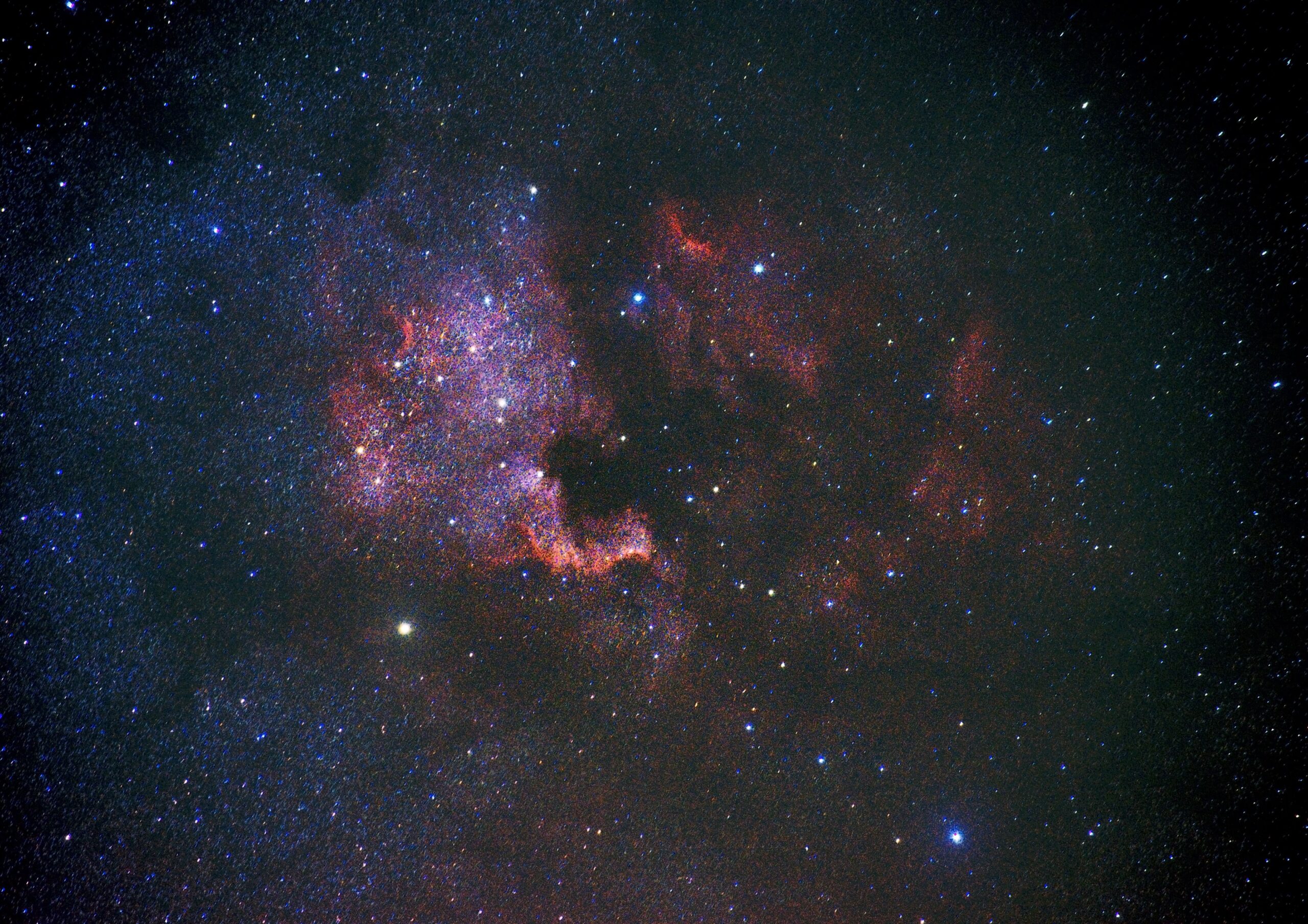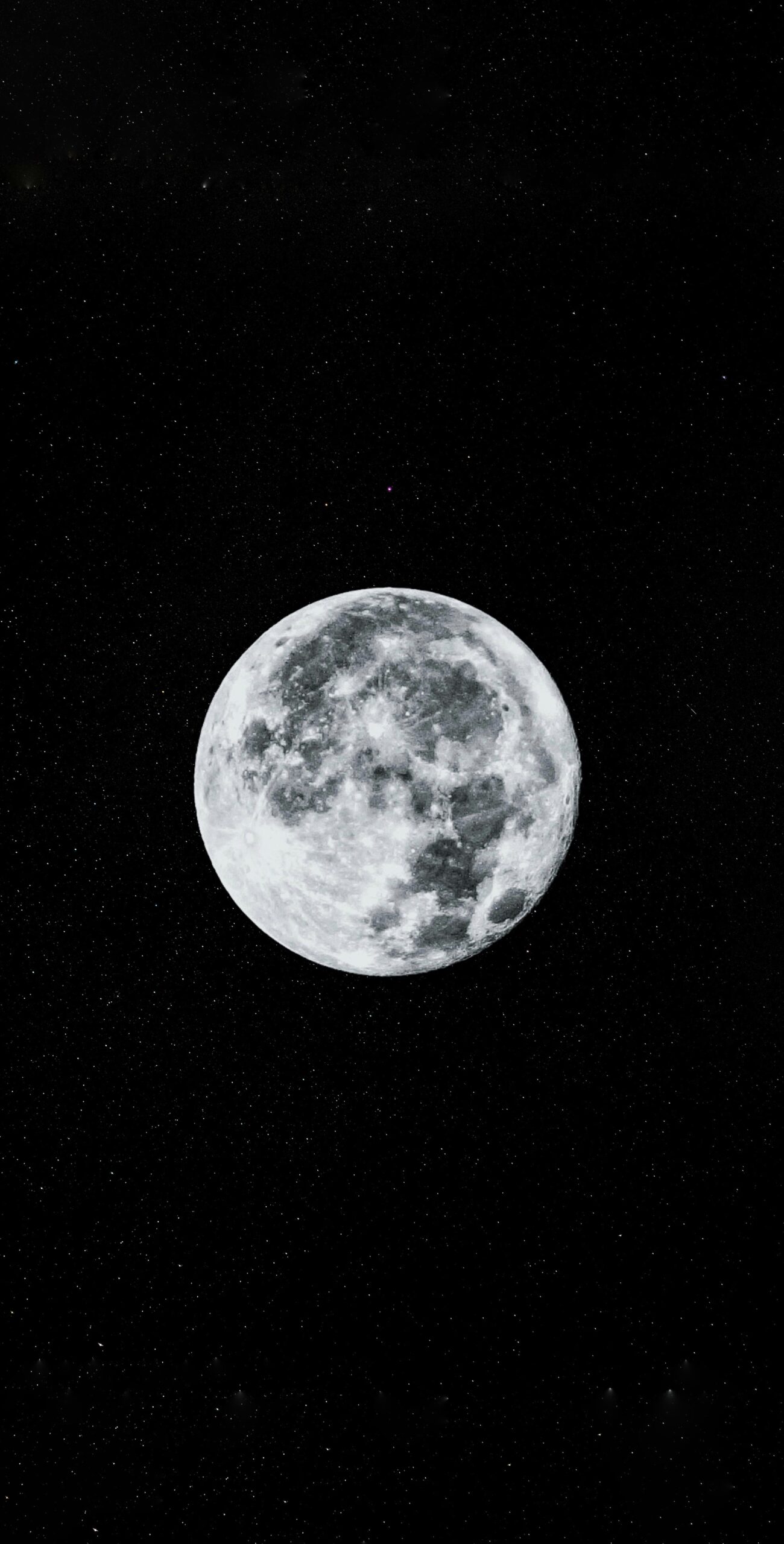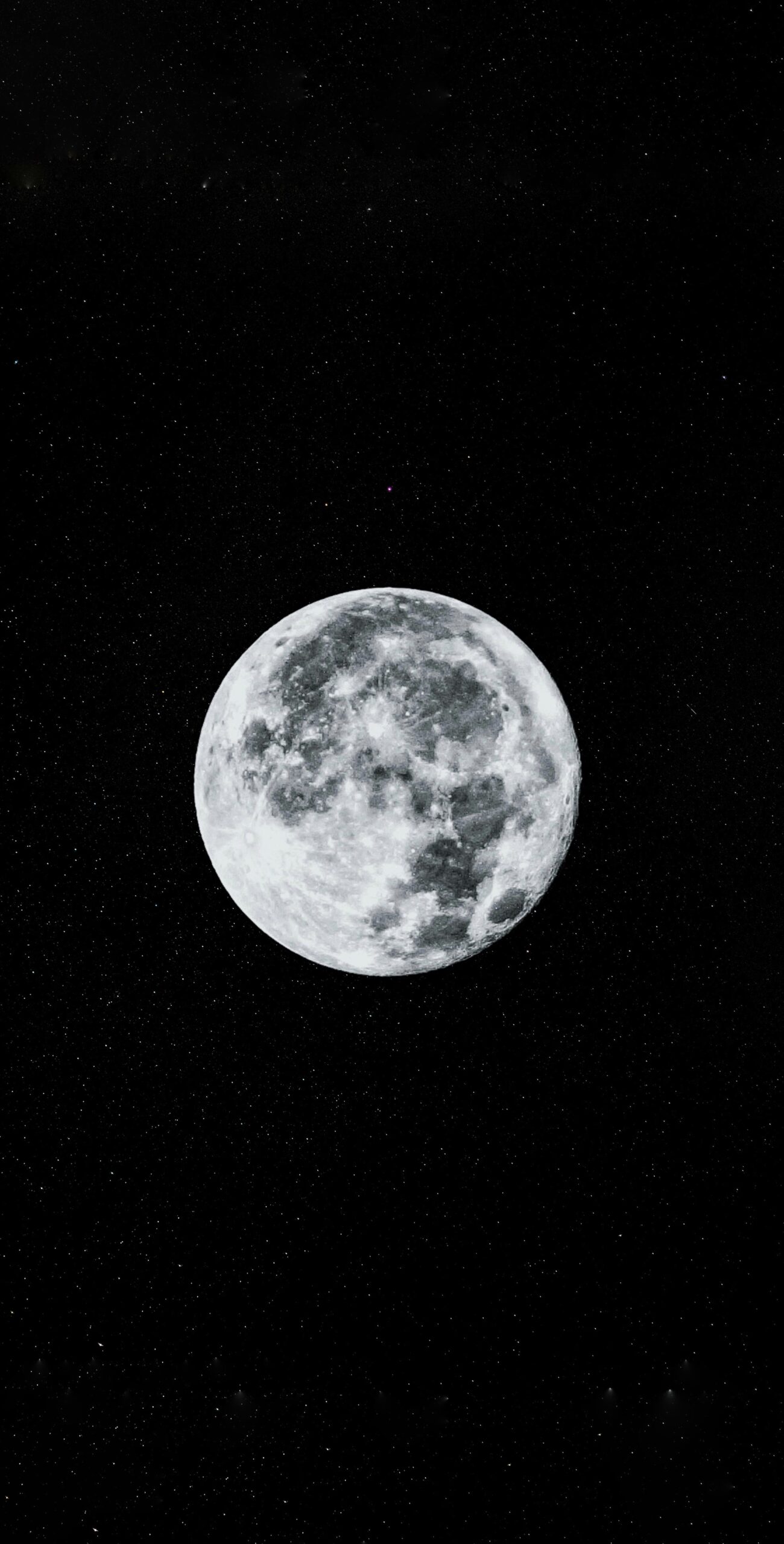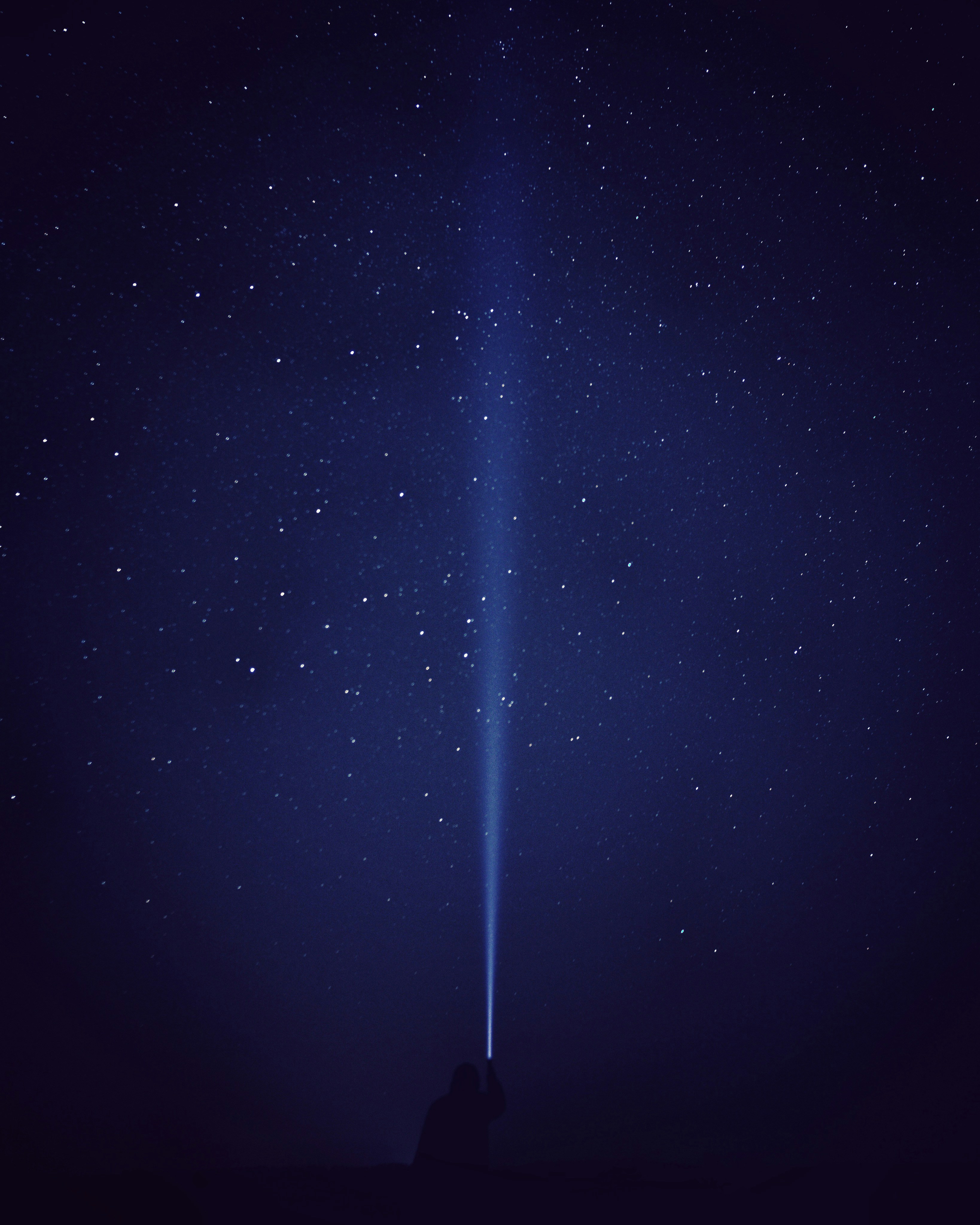Are you curious about whether a spotting scope can be utilized for stargazing? Look no further, for this article aims to answer your burning question. Many individuals wonder if a spotting scope, primarily designed for terrestrial viewing, can provide a stellar experience when peering into the night sky. Let’s explore the possibilities and discover if this versatile optical instrument can unlock the wonders of the universe for aspiring stargazers like yourself.
Understanding Spotting Scopes
Spotting scopes are optical devices that are commonly used for observation of terrestrial objects. They are similar to telescopes, but with some key differences that make them more suitable for certain purposes. A spotting scope consists of a straight or angled body with a lens at the front and an eyepiece at the back. The main purpose of a spotting scope is to provide a magnified view of distant objects, allowing for detailed observation and examination.
How Spotting Scopes Work
Spotting scopes work on the same principles as telescopes, utilizing a combination of lenses and prisms to gather and focus light. The objective lens at the front of the scope collects incoming light and focuses it towards the eyepiece through a series of lenses and prisms. The eyepiece then magnifies the image for the viewer. The quality and design of the lenses and prisms play a crucial role in the overall performance and clarity of the spotting scope.
Types of Spotting Scopes
There are two main types of spotting scopes: straight and angled. Straight scopes have a body that is in a direct line with the eyepiece, while angled scopes have a body that is set at an angle to the eyepiece. Each type has its own advantages and disadvantages. Straight scopes are often preferred for quick target acquisition and ease of use, while angled scopes are preferred for viewing objects at different elevations, such as birds or celestial objects in the sky.
Common Uses of Spotting Scopes
Spotting scopes have a wide range of applications, including wildlife observation, birdwatching, target shooting, and even astronomy. Their portability and versatility make them a popular choice among outdoor enthusiasts, nature lovers, and hobbyists. Spotting scopes are particularly useful for stargazing, as they offer a portable alternative to telescopes and can provide detailed views of celestial objects. However, there are some key differences between spotting scopes and telescopes when it comes to their use for stargazing.
Spotting Scopes Vs Telescopes
Key Differences Between Spotting Scopes and Telescopes
While spotting scopes and telescopes share some similarities, such as the use of optics to magnify distant objects, they are designed with distinct purposes in mind. Spotting scopes are primarily used for terrestrial observation, and are optimized for daytime use. Telescopes, on the other hand, are designed specifically for astronomical observation, and are optimized for low-light conditions.
How Telescope Optics Work
Telescopes are typically larger and more complex than spotting scopes, with larger objective lenses or mirrors to collect more light. They also use specialized eyepieces and filters to enhance the viewing experience and filter out unwanted light. The optics in telescopes are designed to gather and focus as much light as possible, allowing for detailed views of celestial objects such as planets, stars, and galaxies.
Spotting Scope as a Portable Alternative to Telescopes
While spotting scopes may not provide the same level of detail and clarity as telescopes when it comes to stargazing, they offer a portable and versatile alternative. Spotting scopes are lightweight and compact, making them easier to transport and set up compared to telescopes. They can be easily mounted on a tripod for stability and can provide reasonable views of the moon, planets, and some brighter stars. For casual stargazers or those looking for a more portable option, a spotting scope can be a viable choice.
Can Spotting Scopes be Used for Stargazing?
Concept of Using Spotting Scopes for Stargazing
Using a spotting scope for stargazing involves adapting the device meant for terrestrial observation to the conditions of the night sky. By pointing the spotting scope towards celestial objects, such as planets, stars, and even nebulae, it is possible to observe these objects in greater detail than could be seen with the naked eye alone. While the experience may not rival that of a dedicated astronomical telescope, spotting scopes can still provide a rewarding stargazing experience.
Factors Affecting the Efficacy of Spotting Scopes for Stargazing
The effectiveness of a spotting scope for stargazing depends on several factors. The aperture size, or the diameter of the objective lens, determines how much light the scope can gather. A larger aperture allows for brighter and more detailed views of celestial objects. The magnification power of the spotting scope also plays a role, as higher magnification can reveal finer details but can also result in a darker image. Factors such as light pollution and atmospheric conditions can also impact the clarity of the views obtained through the spotting scope.
Limitations of Spotting Scopes in Stargazing
While spotting scopes can provide enjoyable views of celestial objects, they do have some limitations compared to dedicated astronomical telescopes. Spotting scopes typically have smaller apertures than telescopes, which limits their ability to gather light. This can result in dimmer views of fainter celestial objects and a loss of detail. Additionally, the higher magnification often used with spotting scopes can reduce the field of view, making it more difficult to observe large objects such as star clusters or galaxies.

Choosing a Spotting Scope for Stargazing
Crucial Features to Consider While Selecting Spotting Scopes for Stargazing
When selecting a spotting scope for stargazing, there are several important features to consider. The aperture size, as mentioned earlier, determines the amount of light the scope can gather and is one of the most critical factors for stargazing. A larger aperture, typically around 60mm or greater, is recommended for better performance. Additionally, consider the magnification range and the quality of the optics, as these factors will impact the clarity and detail of the views obtained.
Understanding the Spotter Scope Specs Important for Stargazing
Spotting scopes are often described by their specifications, which can include details such as the aperture size, magnification range, and field of view. The aperture size is measured in millimeters and represents the diameter of the objective lens. The magnification range tells you how much the spotting scope can enlarge the image, and the field of view determines the width of the image you will see at a given magnification. It’s important to understand these specs and how they relate to the desired stargazing experience.
Best Spotting Scopes in the Market for Stargazing
There are several spotting scopes available in the market that offer good performance for stargazing. Some popular options include the Celestron Regal M2, Vortex Optics Diamondback, and Kowa TSN-883. These spotting scopes are known for their excellent optics, large apertures, and durable build quality. They offer a range of magnification options and come with features such as waterproofing and nitrogen purging to ensure reliability even in challenging outdoor conditions.
Setting Up a Spotting Scope for Stargazing
Procedure for Setting Up a Spotting Scope for Stargazing
Setting up a spotting scope for stargazing involves a few simple steps. Start by attaching the spotting scope to a stable tripod or mount, ensuring that it is securely fastened. Adjust the height and angle of the spotting scope to a comfortable position for viewing. Use the focusing mechanism to bring the celestial object you wish to observe into sharp focus. Finally, adjust the magnification to your preferred level and take time to enjoy the views offered by your spotting scope.
Optimum Positioning of the Spotting Scope
To achieve the best views with your spotting scope, it is important to position it in an optimal location. Choose a spot with minimal light pollution to maximize the visibility of celestial objects. Also, ensure that the spotting scope is as stable as possible by using a sturdy tripod and avoiding any unnecessary movement. Position the spotting scope in a direction that allows for easy access to a wide range of objects in the sky, taking into consideration any obstructions such as trees or buildings.
Tips to Reduce Vibrations While Using Spotting Scopes
Vibrations can greatly impact the clarity and stability of views obtained through a spotting scope. To minimize vibrations, it is essential to handle the spotting scope with care and avoid any sudden movements or bumps. Using a remote shutter release or timer on your camera, if applicable, can also help reduce vibrations caused by pressing the shutter button. Additionally, consider investing in a spotting scope with image stabilization technology, which can further mitigate the effects of vibrations.
Observations Possible With a Spotting Scope
Identifying Celestial Bodies with a Spotting Scope
Spotting scopes can be used to identify and observe various celestial bodies in the night sky. With the appropriate magnification and guidance, it is possible to observe planets such as Jupiter and Saturn, as well as their moons. The moon itself is a popular target for spotting scopes, as its craters and surface details can be examined in great detail. Additionally, some brighter stars, star clusters, and even nebulae can be observed with a spotting scope, providing a glimpse into the wonders of the universe.
Viewing Planets and Stars Using Spotting Scopes
Spotting scopes can provide impressive views of planets, allowing the observer to see details such as cloud bands on Jupiter or the rings of Saturn. However, it’s important to note that the size and resolution of the image may not match that of larger telescopes. When observing stars, spotting scopes can reveal certain features such as color variations or binary systems. While not as detailed as with telescopes, spotting scopes still offer a unique and accessible way to explore celestial objects.
Understanding Magnification When Using Spotting Scopes for Stargazing
Magnification is an important aspect of using spotting scopes for stargazing. The magnification range of a spotting scope determines how much the image is enlarged. Higher magnification can provide detailed views of smaller objects or specific features, but it also reduces the overall brightness of the image and can make it more challenging to maintain a steady view. It is important to find a balance between magnification and brightness when selecting a spotting scope and adjusting the settings for stargazing.
Pros and Cons of Using Spotting Scope for Stargazing
Advantages of Using Spotting Scopes for Stargazing
Using a spotting scope for stargazing offers several advantages. Spotting scopes are generally more compact and portable compared to telescopes, making them easier to transport and set up. Their versatility allows for both terrestrial and celestial observation, making them a versatile tool for outdoor enthusiasts. Spotting scopes also tend to be more affordable than telescopes, offering a more accessible option for those interested in exploring the night sky.
Drawbacks of Using Spotting Scopes for Stargazing
While spotting scopes have their advantages, there are also some drawbacks to consider. The smaller aperture size of spotting scopes limits their light-gathering abilities, resulting in dimmer views of fainter celestial objects. The higher magnification often used with spotting scopes can also reduce the field of view, making it more challenging to locate and track objects in the sky. Additionally, spotting scopes may not offer the same level of detail and clarity as dedicated astronomical telescopes.

Enhancing the Stargazing Experience with Spotting Scopes
Using Extra Accessories with Spotting Scopes
To enhance the stargazing experience with a spotting scope, several additional accessories can be used. Filters can help reduce light pollution and enhance the contrast of celestial objects. Barlow lenses can increase the effective magnification of the spotting scope, allowing for more detailed views. Smartphone adapters can be used to capture photos or videos of the views obtained through the spotting scope. By experimenting with different accessories, it is possible to customize and improve the stargazing experience with a spotting scope.
Tips for Getting Better Views with Spotting Scopes
To get the best views with a spotting scope for stargazing, there are a few tips to keep in mind. First, ensure that the spotting scope is properly aligned and focused before attempting to observe celestial objects. Allow your eyes to adapt to the darkness for a few minutes to enhance visibility. Avoid unnecessary movements and try to maintain a steady view to reduce vibrations. Experiment with different magnification levels to find a balance between detail and brightness. Lastly, take your time and enjoy the wonders of the night sky.
Maintaining and Caring for Your Spotting Scope
Proper maintenance and care are essential for ensuring the longevity and performance of your spotting scope. Regularly clean the lenses and prisms using a soft brush or cloth to remove any dust or debris. Avoid touching the optical surfaces with bare hands to prevent smudges or scratches. If using the spotting scope in challenging outdoor conditions, such as rain or extreme temperatures, consider investing in a protective case or cover. By taking care of your spotting scope, you can continue to enjoy clear and detailed views of celestial objects.
Spotting Scope Reviews for Stargazing
Popular Spotting Scopes for Stargazing
Several spotting scopes are renowned for their performance and suitability for stargazing. The Celestron Ultima series, with their large apertures and superior optics, are highly regarded for astronomical observation. The Vortex Optics Razor HD spotting scopes are known for their high-quality images and durability. The Swarovski ATS/STS series offers exceptional optics and build quality, although they come with a higher price tag. These spotting scopes have received positive reviews from users and are considered reliable options for stargazing.
Technical Specifications of Top-Rated Spotting Scopes
The technical specifications of top-rated spotting scopes vary depending on the model and brand. However, common features to consider include the aperture size, magnification range, field of view, and lens coating. A larger aperture, typically ranging from 60mm to 80mm or more, is desirable for stargazing. A magnification range of around 20x to 60x provides versatility for different celestial objects. The field of view determines how much of the sky you can observe, while high-quality lens coatings ensure optimal light transmission and image clarity.
User Reviews and Experiences with Spotting Scopes for Stargazing
User reviews and experiences can provide valuable insights into the performance and usability of spotting scopes for stargazing. Many users have reported satisfactory results when using spotting scopes for observing celestial objects. The portability and ease of use of spotting scopes are often praised, as they offer a more accessible option for beginners or casual stargazers. However, some users have noted limitations in terms of image brightness and detail compared to dedicated astronomical telescopes. It is important to consider a range of user reviews to form a comprehensive understanding of the capabilities and limitations of spotting scopes for stargazing.

Conclusion: Spotting Scopes as an Option for Stargazing
Summarizing the Use of Spotting Scopes for Stargazing
In summary, spotting scopes can be a viable option for stargazing, offering a portable and versatile alternative to telescopes. While they may not provide the same level of detail and brightness as larger telescopes, spotting scopes can still offer enjoyable and rewarding views of celestial objects. Choosing a spotting scope with a larger aperture, understanding the specifications, and setting up the scope properly can enhance the stargazing experience with a spotting scope.
Potential Future Improvements to Spotting Scopes for Stargazing
As technology advances, there may be potential future improvements to spotting scopes for stargazing. Advancements in lens and prism design could improve image clarity and brightness, allowing for more detailed views of celestial objects. Enhanced image stabilization technology could help mitigate vibrations and improve image stability. Furthermore, advancements in smartphone integration and digital imaging could allow for easier capture and sharing of the views obtained through spotting scopes.
Final Thoughts on the Viability of Spotting Scopes for Stargazing
While spotting scopes may not offer the same level of performance as dedicated astronomical telescopes, they provide a viable option for those interested in exploring the wonders of the night sky. Spotting scopes are portable, versatile, and more affordable, making them accessible to a wider range of individuals. With the right equipment, setup, and expectations, spotting scopes can provide enjoyable and rewarding views of celestial objects, allowing you to embark on your own stargazing adventures.


